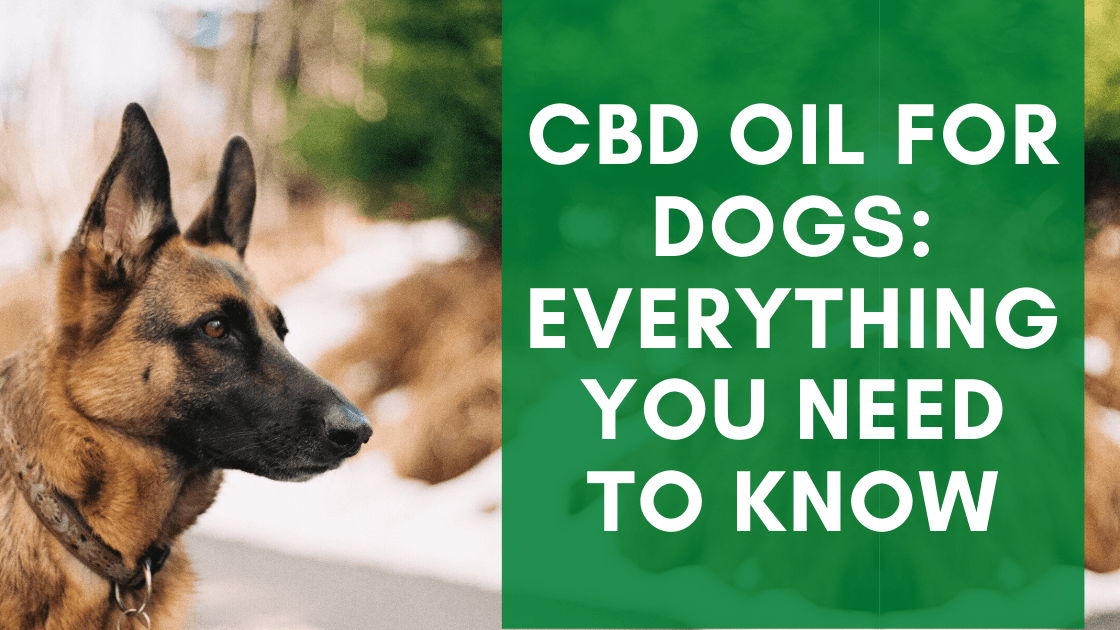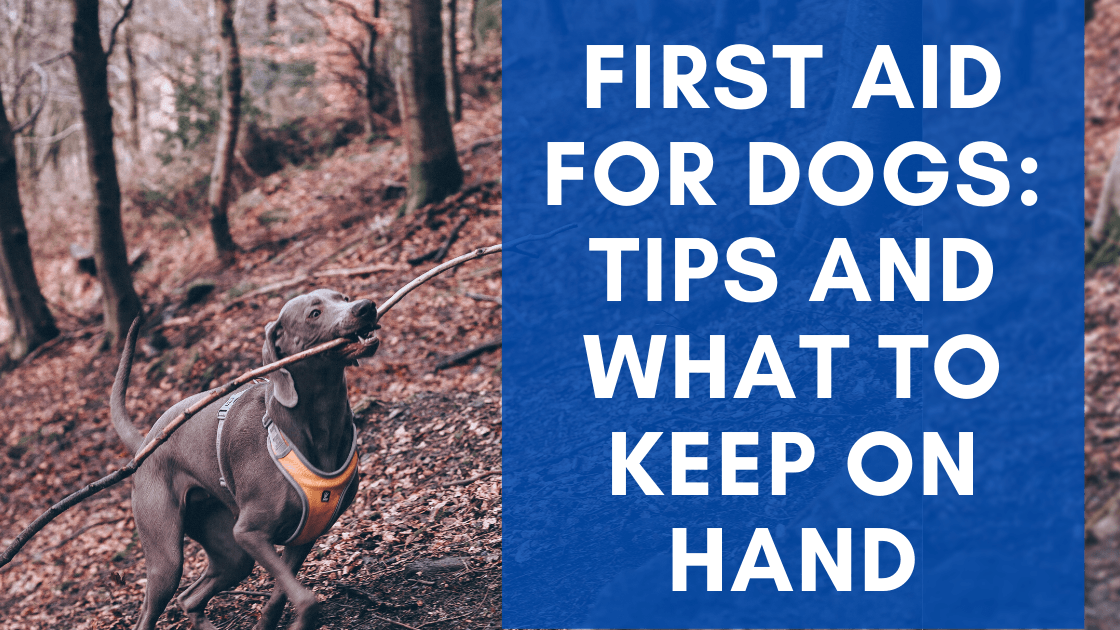Much like humans, dogs are social creatures by nature. The pups that live in our homes evolved from wild dogs and wolves that formed packs in order to survive. Communication is an integral part of pack life. Dogs in a pack need to keep each other safe by communicating warnings, show affection, dominance and more.
Understanding how your own dog communicates can strengthen your bond and help you assist your dog socially around other canines. But how do dogs communicate?
When we think of dog communication, many of us immediately think about barking. We talk, so dogs bark. Right? Well, partially. Dogs certainly communicate vocally, but most of your dog’s communication is nonverbal. They communicate many needs, thoughts and feelings with body language.
So what exactly is your dog trying to tell you when they gaze up moving their eyebrows? How about when their ears go back, or their tail wags low and steady? Here we’ll discuss the different ways your dog communicates with you and other dogs. And we’ll help you learn how to understand dogs once and for all.
How do dogs communicate? How to understand your dog?
The three ways that your dog communicates are: vocally, with their body language, and through scent. The main form being with their body (source). Let’s take a look at these forms of communication more in-depth.
How dogs communicate vocally
Dogs communicate vocally in a variety of forms. Just think about your own dog. You’ve likely heard barks, whines, howls, yips, growls, and squeaks. Most often, dogs use their vocal communication to convey frustration in some form, but some dogs use sound to show they’re happy too (source). So why exactly do dogs bark? And the other vocalizations?
Your dog will use five main types of vocalizations, but you probably notice a range within each category depending on their level of distress or urgency (source).
- Whine: Dogs usually whine to communicate a need or frustration. For example, dogs whine to go outside, be let in, get out of their crate or wants attention
- Bark: Barking is the most versatile form of vocal communication. The meaning of your dog’s bark is highly situational and can vary greatly from dog to dog. Some dogs only bark to give a warning or indicate something is there. Other dogs use barks to greet, when they’re excited or to get their needs met. Some dogs bark for attention or simply out of boredom. I’m sure you’re aware of what kind of barker you have
- Whimper or yelp: This type of vocalization indicates pain. For example, if you accidentally step on your dog’s paw or brush a little too hard. In other cases, you might hear whimpers or yelps in older dogs with arthritis as they use the stairs, or when young dogs are playing and it gets a little rough
- Growl: Growling is how dogs warn others that aggression is coming next. It’s a strong verbal warning that needs to be respected. Bearing their teeth and angry looking eyes that accompany growling are further signs that aggression is in play. It’s best to back away and respect your dog when you hear this noise. One note: some dogs growl when they are playing. This is usually easy to differentiate because the rest of their body language does not indicate aggression. This might happen during a wrestling match or tug of war. My own husky is very vocal and growly when she’s playing. It can catch other owners off guard, but I assure them it’s just who she is.
- Howl: Howls are rooted in the need for pack members to communicate their location to other dogs across large distances. Dogs of today tend to howl when they hear sirens or in response to their owner is another dog howling. Sometimes howling can indicate distress and may be a symptom or sign of separation anxiety
How dogs communicate with body language
Dogs communicate a wide range of thoughts, emotions, and needs through body language. They use their ears, eyes, tail, body position, movement, and face in these actions. It’s far more involved than a happy, wagging tail.
When you are observing your dog’s body language communication, take the situation and context into account and be sure to study their entire body. For example, the way the ears and eyes work together, or ears and tail work together can change the meaning of how they might be feeling (source).
- Anxious body language in dogs: When dogs feel anxious, they will pace, pant, lick their lips, have their ears back, and have a slightly lowered body stance
- Fearful body language in dogs: When dogs are scared they will cower or lower their body, lower their tail, or put it between their legs, put their ears back, tremble or shake, avoid eye contact, and tightly close their mouth
- Aggressive body language in dogs: Aggressive behavior is usually signaled with growling, but you will also see them curl their lips to show teeth, stiffen their body, freeze their body, have a wrinkled nose, and snap at the air
- Relaxed body language in dogs: A relaxed dog is a happy dog, dogs that are relaxed will have a loose body and a neutral ear and face position. Their tail may be wagging back and forth or in a circle. Their mouth will be slightly ajar and almost appear as though they’re smiling
Related Reading: How to Tell if Your Dog is Happy
How dogs communicate with scent
The last way that dogs communicate is far subtler to humans, but can play a big role in how your dog communicates with other dogs—their scent! Dogs can purposely communicate through scent, by marking things with their urine, poop, and body. You might have seen your dog roll vigorously on the ground somewhere—this is to mark it with their scent and let other dogs (or animals) know they’ve been there or that it's theirs.
But dogs also communicate unintentionally with scent. When they are scared or nervous many dogs let off an unconscious odor that other dogs can smell. Dogs also all have their own unique smell that identifies them. This is why you’ve often seen dogs greet each other by sniffing each other’s butts. It’s often referred to as the equivalent of a handshake (source).
Dog communication in more involved than we think
Now you know that dogs communicate in many ways. They have complex emotions and thoughts, just like humans. Taking the time to learn how dogs communicate vocally, and with their bodies helps you better understand your furry friend. But you’re not the only one making the effort!
Dogs are well aware that humans communicate primarily through vocalizations, but also with body language. Dogs have evolved to learn a wide vocabulary of human words and can even pick up on our tone and intonation to gather meaning. They’re also experts at studying our behaviors, body language, and routines and can pick up subtle messages from us by what we do and how we act as well.
So, meet your dog halfway and you'll both benefit! Every good relationship is built on communication and trust, am I right?



